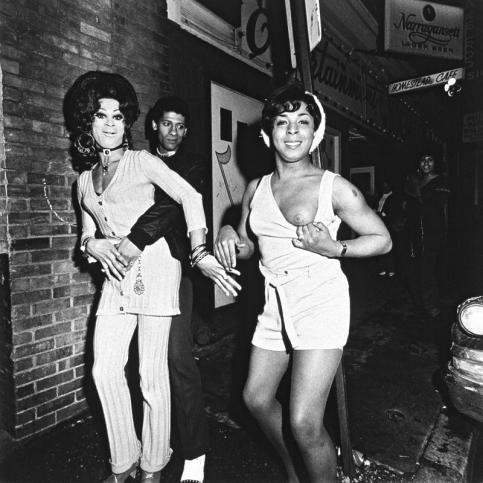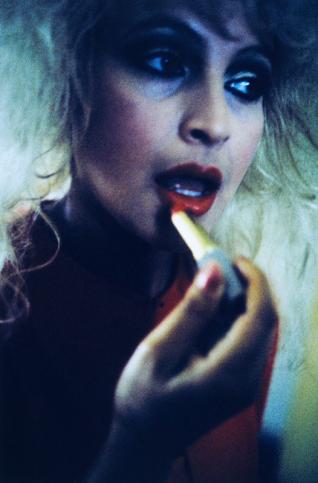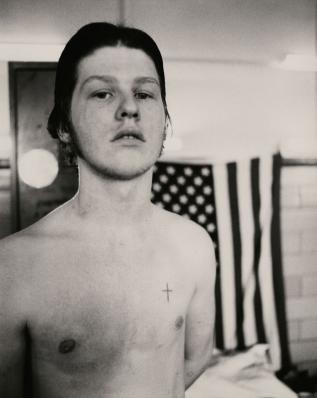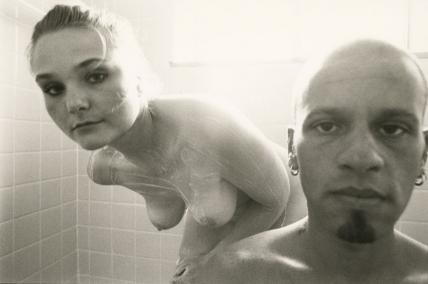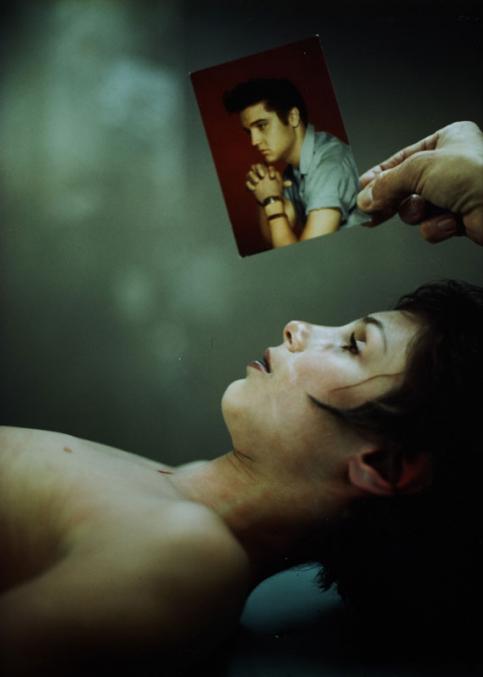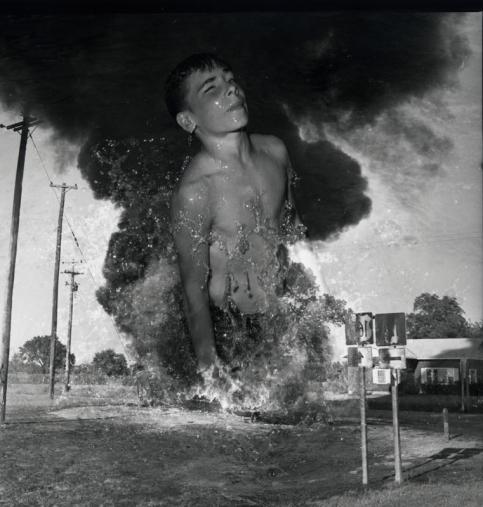This is the first European retrospective to highlight the work of the American photographer Jeffrey Silverthorne (b.1946), who over the past forty years has explored the most extreme subjects with constancy. In morgues, where since 1970, he has managed to transcend the representation of death, to raw portraits of transvestites and transsexuals, the representation of the body in all of its states is a recurring theme in his work. References to painting’s grand masters blend with experiments in the photographic medium: superimpositions, decoupage, collage…
Death, sex…the artist examines anguish and obsession, and confronts us with our own visceral fears to help us better dominate them.
Exhibition co-produced with the Fotomuseum, Antwerp and the Galerie VU’
On that night in the 1970s all it took was a transvestite emerging from a nightclub in Providence, Rhode Island, for a photographer, instantly fascinated, to junk everything he'd learnt about good taste and Protestant morality. No forgetting his background, though, and no rejecting the masters of his craft: Jeffrey Silverthorne simply yielded admiringly to the weirdness before his eyes, to this fixation on appearance, this construction of another personality. In their play on the self these creatures – Rhonda Jewels, Joey, Dougie and Paula – were giving vent to a freedom unparalleled in a sclerotic world. Frivolity became a focus for Silverthorne in this moment of youthful revelation, of abrupt initiation into the creative act – and of the further, absolute realisation that photography alone had the power to convey the full presence of beings ostracised by society. Even the dead would find their place in this far from trivial spectacle. To exist or, rather, to cause to exist – the true photographic proof – is the privilege offered by simply being there, being different, being in front of the lens. Despite their disclaimers the members of Silverthorne's troupe – mentally handicapped people, prostitutes, illegal immigrants – retain their fascination. Passive inhabitants of the real world, in the image they are granted the recognition that has otherwise always been denied them.
Silverthorne's theatre is one of reciprocal astonishment, both the photographer and his subjects lending themselves to a narrative none of them really believes in. Each, though, is transfixed by the presence of the other. The characters obey the artist's instructions, yet they cling to their habitual poses because they cannot do otherwise. What you see is what you get, with no verbal veneer: no commentary accompanies this narrative, no explanatory analysis applies, for the photographer can ascribe no cause or purpose to what he is doing.
The entire Silverthorne oeuvre centres on the drama of death and human striving to cope with mortal anxiety. Here, paradoxically so to speak, death is revealed nakedly, but at the same time clothed – adorned even. Appearances are the sole consolation for the disappearance of being: man's real nature is to be found in his organisation of the simulacrum. In our struggle with the darkness of the human body, cover-up and deception are the only way out. Uncomprehending, we simulate, disguise and mystify, prettifying both ourselves and the dead.
Extract from the text of François Cheval
A book has been published to coincide with the exhibition :
Jeffrey Silverthorne, RETROSPECTIVE
Texts by : François Cheval, Rein Deslé, Jeffrey Silverthorne
Ca. 23 x 30 cm
Ca 160 pages, 160 color ills.
French / English
ISBN 978-3-86828-533-8
Ca. 45 euros
Kehrer Editions, October 2014

